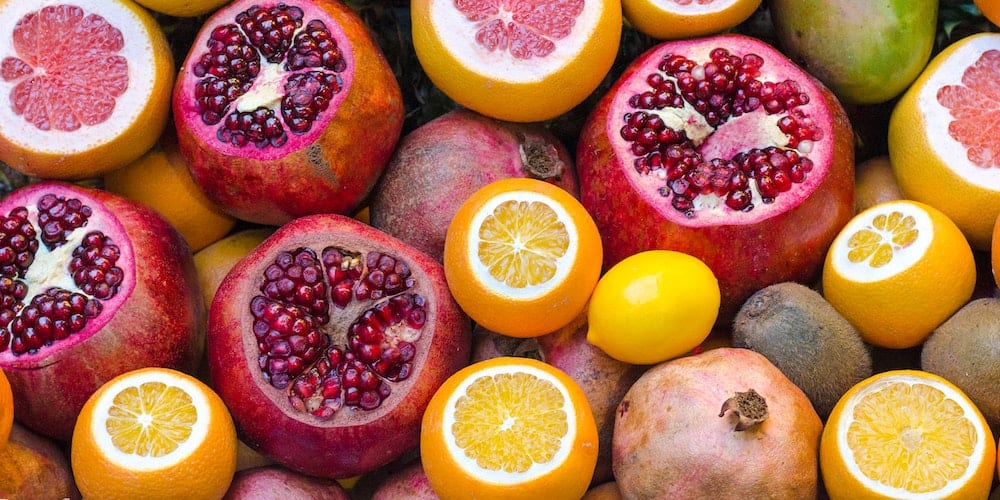Top 8 Foods Highest in Vitamin C
Also known as ascorbic acid, vitamin C has multiple functions, such as boosting the immune system, wound healing, and antioxidant effects. It is an organic compound that the body cannot synthesize.
Also read Everything You Need to Know Before Buying Vitamin C
Good news! Ensuring your daily intake of vitamin C is easy. Sometimes, you just need to eat certain fruits or vegetables throughout the day to achieve this goal. Here are the 8 foods naturally high in vitamin C.
Camu Camu
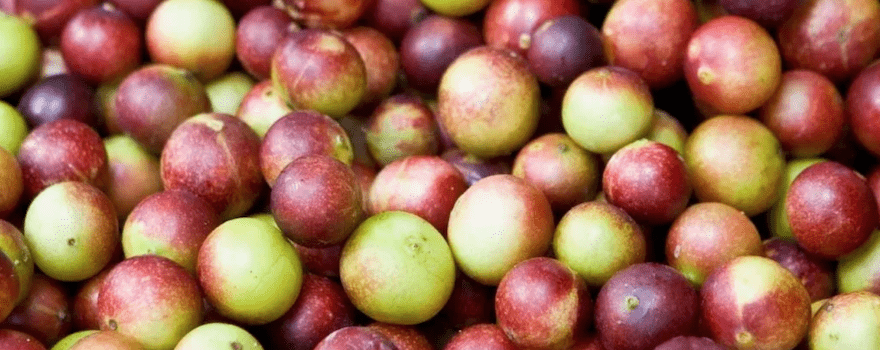
The camu camu, a small acidic fruit from the Amazon, stands out for its exceptional vitamin C content. In fact, it contains 16 times more than an orange and 20 times more than a kiwi! It has about 10g per 100g.
Recipe idea: Because fresh fruits have a bitter taste, camu camu is often consumed in juice or powder form (to be mixed into a smoothie, yogurt, milkshake…). It can also be used as a substitute for lemon because it is acidic.
Rosehip

The rosehip is the fruit of the wild rose, also known as the “wild rose” and belonging to the Rosaceae family. It is a common shrub in our regions. It contains an exceptional amount of vitamin C: between 300 and 1300 mg per 100g. Thus, it far exceeds citrus fruits or blackcurrants. This vitamin C is mainly concentrated in the pulp of the fruit.
Recipe ideas: Fresh or dried berries can also be prepared in syrup, decoction, tea, or infusion. You can extract the pulp and pass it through a food mill or blender. You can add your rosehip preparation to your soups, creams, sauces… Rosehip powders are also available, which are very practical to use (smoothie, yogurt, fruit salad..).
Blackcurrant
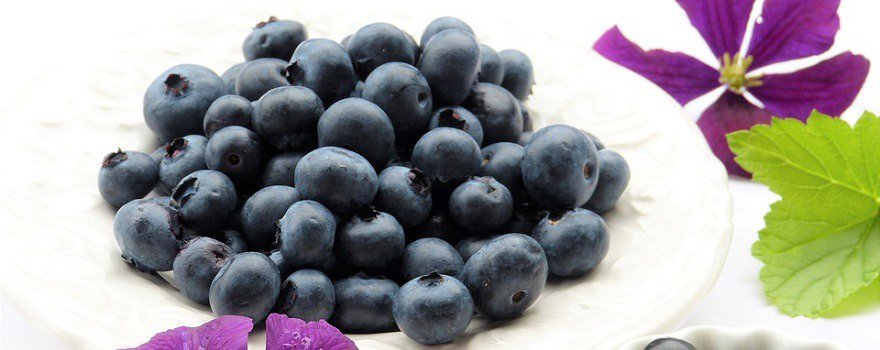
Contrary to popular belief, citrus fruits are not the richest foods in vitamin C. Blackcurrant contains 4 times more than an orange, or 200 mg per 100 g of fruit.
Recipe idea: Blackcurrant is ideal for making homemade desserts, such as cakes, pies, compotes, smoothies, or sugar-reduced jams.
Parsley
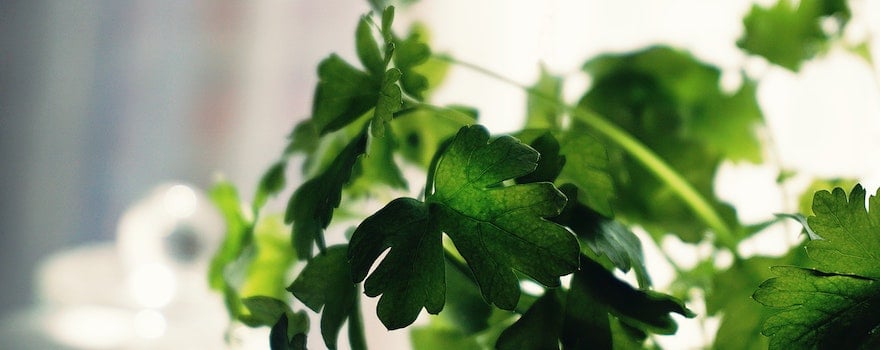
Parsley is an aromatic herb that usually accompanies our fish or vegetable dishes. It contains 190 mg of vitamin C per 100 g. This is a significant contribution! Even if it is not a staple food, it can be added to meals according to the dishes.
Recipe ideas: Don’t hesitate to cook your dishes with parsley, which pairs very well with grilled fish, for instance. You can also make Lebanese tabbouleh with it. Prefer fresh organic parsley bought at the market.
Citrus Fruits
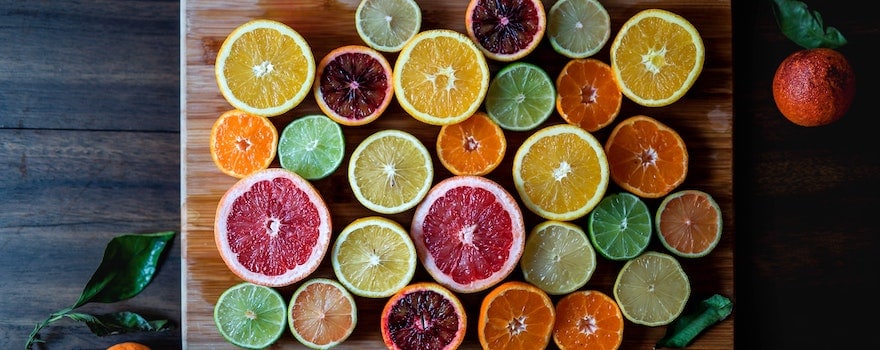
Lemon, oranges, and grapefruits are known for their vitamin C content. An orange, for example, contains 53 mg of vitamin per 100 g. Eating an orange during the day almost covers our daily needs. In the case of lemons, the vitamin C content is higher in the peel. 100 g of lemon zest contains 130 mg.
Recipe ideas: Many detox cures recommend consuming a glass of water containing the juice of half a lemon every morning. An ideal way to start the day and load up on vitamin C. You can also drink fresh juice from several oranges or grapefruits at breakfast. Prepare it yourself with a juicer. Eating an orange for dessert at lunch is also an ideal solution (avoid doing so at dinner, as vitamin C tends to stimulate the body and does not promote falling asleep).
Yellow and Green Peppers
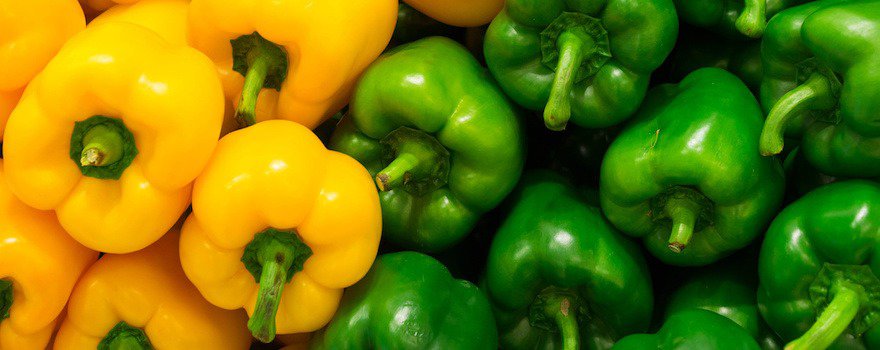
Excellent for health, peppers are vegetables with multiple nutritional benefits. Low in calories, they contain vitamins and essential nutrients for health. They are a good source of vitamin C intake (120 mg per 100 g of raw vegetables).
Recipe ideas: Sliced into strips, they add to salads and are an ideal component for original sandwiches. Cooked, they form the base of dishes like ratatouilles or stuffed peppers. Prefer fresh, organic peppers to make the most of this vegetable’s benefits.
Cruciferous Vegetables
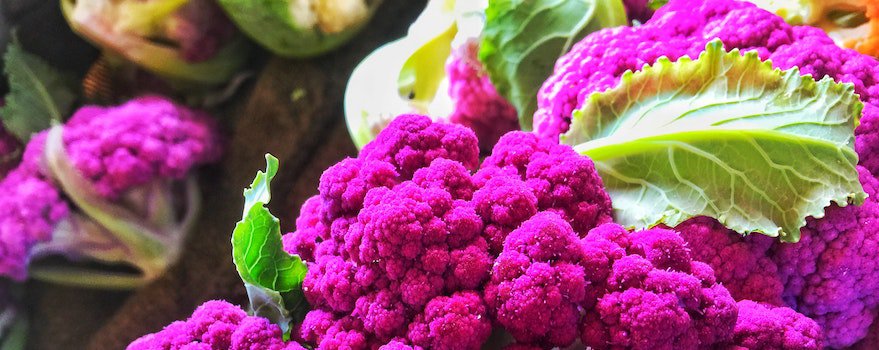
Cruciferous vegetables include cabbages (green, red, Brussels sprouts, cauliflowers…) and broccoli. We really like kale and its antioxidant properties. These foods are also low in calories, full of vitamins, and good for health. They contain a substantial amount of vitamin C:
- 89 mg/100 g for broccoli
- 120 mg/100 g for curly green cabbage
- 60 mg/100 g for cooked Brussels sprouts
Recipe ideas: Consume them steamed or boiled, accompanying meats or fish, at lunch or dinner. Cruciferous vegetables are foods that allow for light meals. To avoid hunger pangs, it’s better to add a portion of starchy foods (whole rice, potatoes, whole grain pasta) during meals.
Pomegranate
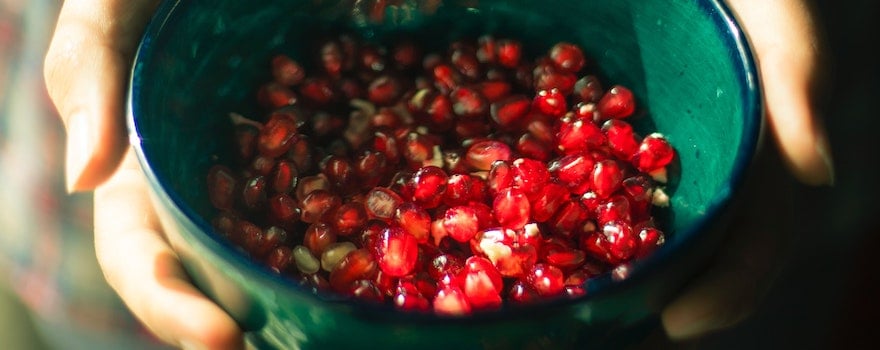
The pomegranate is a delicious fruit, originating from Mediterranean regions. Shaped like an apple, each fruit has up to 400 seeds, very rich in vitamin C and other antioxidants. It contains 20 mg per 100g of fruit. It is known for boosting immunity and fighting free radical damage.
Recipe ideas: Once peeled, use the pomegranate seeds in your savory and sweet dishes. Excellent in savory salads with fresh vegetables, fresh cheese, or to complete and brighten a fruit salad. There is also juice (make sure it’s pure) and dried seeds to mix in a smoothie, for example.
What is vitamin C?
Scurvy, an illness caused by a vitamin C deficiency, used to affect sailors during long sea voyages. The condition caused gum bleeding, swelling, and then death.
In the 18th century, James Lind discovered that lemon juice helped limit the onset of scurvy. Vitamin C itself was isolated in 1928 (some sources specify 1931) by Albert Szent-Györgyi, awarded the Nobel Prize in Medicine and Physiology in 1937. The name ascorbic acid is derived from the term scurvy.
Performing multiple functions, such as strengthening the immune system, wound healing, or antioxidant effects, vitamin C is an organic element that the body cannot synthesize.

Its intake is therefore mainly dietary. It is absorbed when it reaches the small intestine. It is stored in the brain, adrenal glands, and the lens of the eye. The excess of ascorbic acid is excreted by the body through urine.
The Benefits of Vitamin C
Recognized as a vitamin associated with energy, vitamin C ensures several body functions, such as:
- Boosting the immune system. During the winter, it is generally recommended to consume foods rich in vitamin C, to strengthen the immune system. Taking the vitamin in dietary supplements helps fight colds, infections, and other winter ailments.
- Having antioxidant effects: vitamin C helps fight the presence of free radicals, which accelerate skin and tissue aging. It has anti-aging effects.
- Improving iron absorption in the intestines
- Wound healing, by ensuring collagen synthesis. It also contributes to the formation of tissues, such as bone tissue, skin, and ligaments.
- Aiding weight loss, by acting on blood sugar level maintenance and promoting fat oxidation during physical exercise.
- Maintaining the elasticity and vitality of blood vessels. It improves blood circulation by limiting the narrowing of the blood vessels. Therefore, it helps prevent hypertension and certain cardiovascular diseases.
- Improving mood and vitality. Studies have shown that this vitamin has positive effects against stress and anxiety.
Adopting a diet ensuring sufficient vitamin C intake has beneficial effects on health.
Symptoms of Vitamin C Deficiency
Severe vitamin C deficiencies are the cause of scurvy. This disease has almost disappeared in Western countries, but it still persists in some developing countries. Symptoms of under-dosage include:
- Slowed wound healing
- Small bruises (due to the fragility of small blood vessels)
- Mild bleeding (from the teeth and nose)
- Dry skin
- The appearance of various infections (flu, colds…)
- Anemia (related to decreased iron absorption)
- A state of fatigue
- Mood disorders
- Muscle or joint pain
What are the Recommended Daily Intakes of Vitamin C?
The necessary vitamin C intake is easily met by a balanced diet rich in fruits and vegetables.
Daily needs vary according to populations. They are higher for immunocompromised individuals (those with weakened immune systems), pregnant women, smokers, and athletes:
- Babies aged 0 to one year: 35 mg/day
- Children aged one to 3 years: 35 to 40 mg/day
- Children aged 4 to 12 years: 40 to 60 mg/day
- From 13 years old: 60 to 100 mg/day
- Pregnant and breastfeeding women: 80 to 100 mg/day
- Smokers: > 120 mg/day
- Athletes: 125 mg/day
It is important to be attentive to one’s specific vitamin C needs to ensure sufficient intake and avoid deficiencies.
Dangers, side effects, and overdoses of vitamin C
Overdoses of vitamin C require very high doses that cannot be achieved through diet alone. Moreover, the body has an autonomous regulation system.
Indeed, when it absorbs too much vitamin C, the excess that can no longer be absorbed by the intestine is eliminated through urine and also feces. This explains why some people experience episodes of diarrhea when they consume too much.
The body self-regulates its reserves of ascorbic acid to dispense the nutrient according to its needs. The side effects are mainly due to possible deficiencies.
It is therefore imperative to remain attentive to associated signs and ensure adequate nutritional intake.


